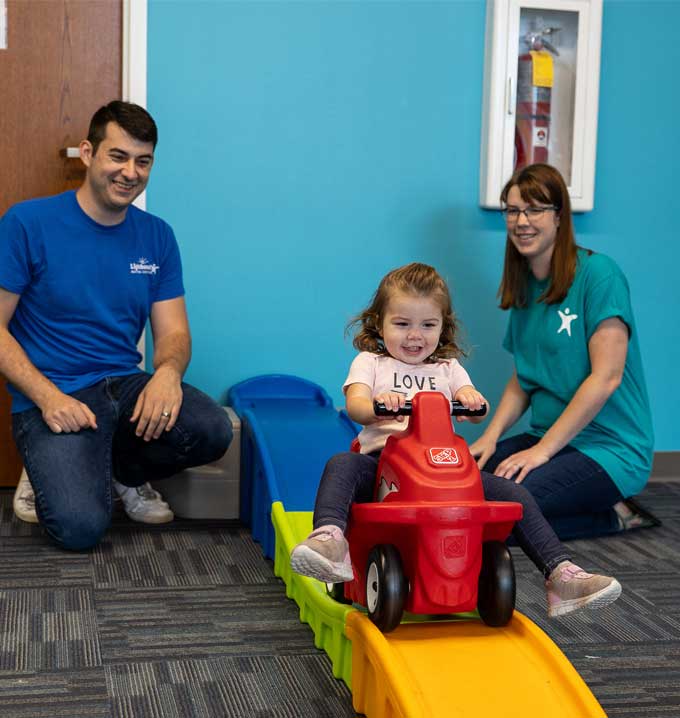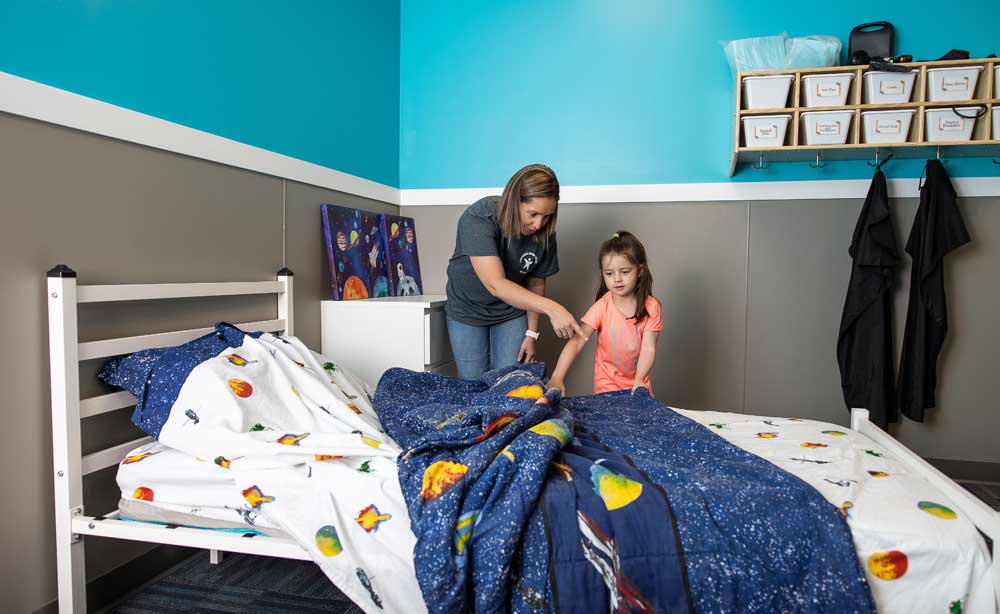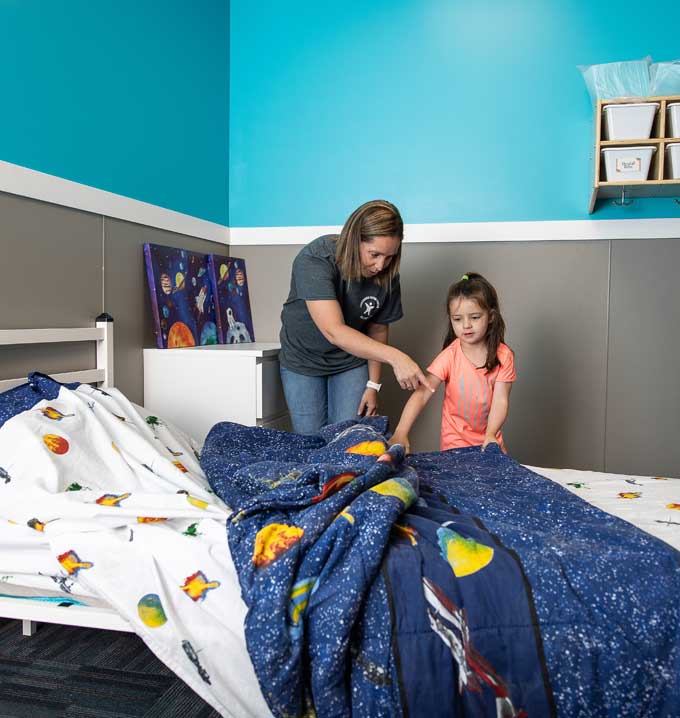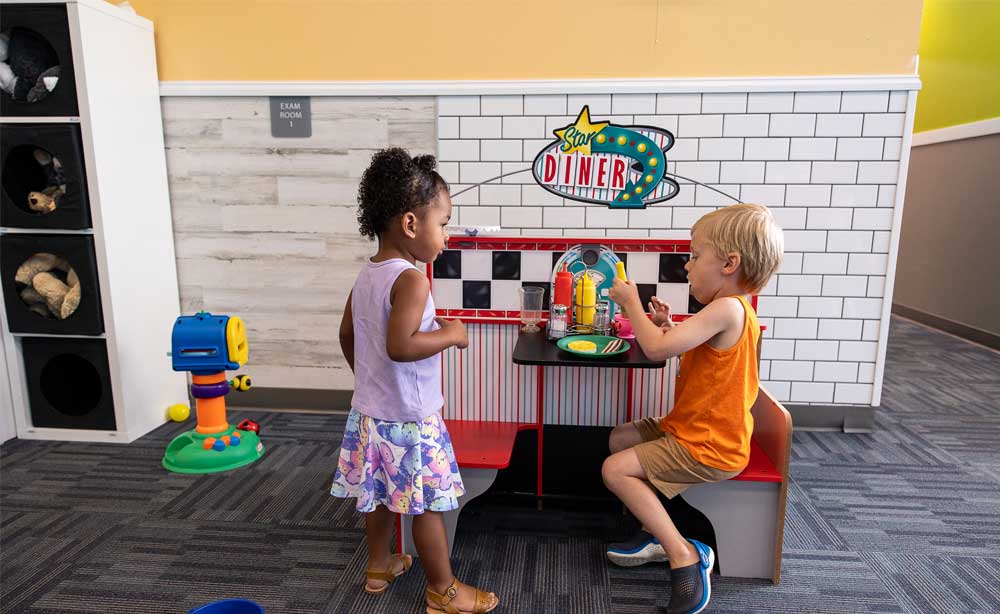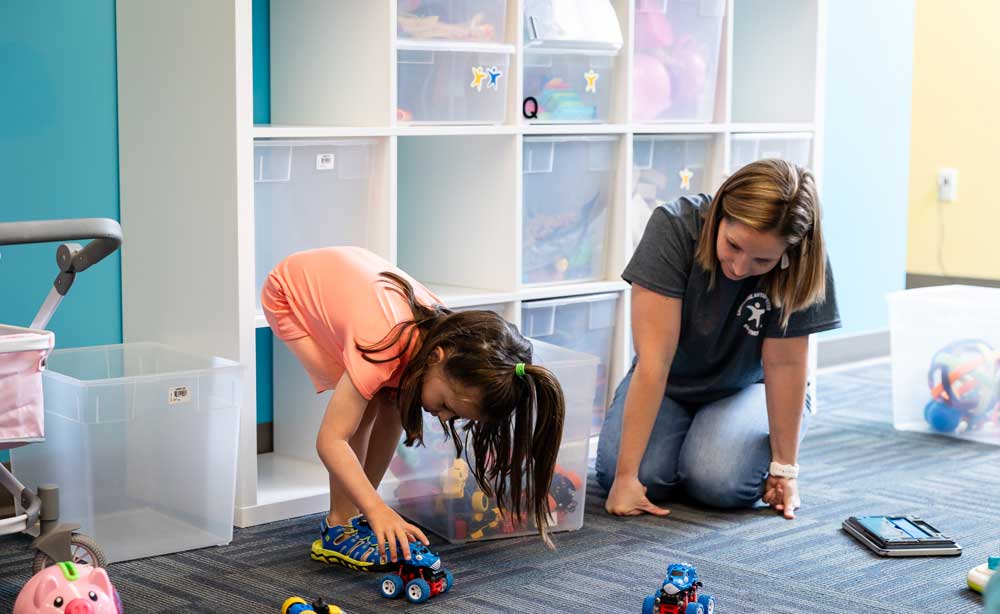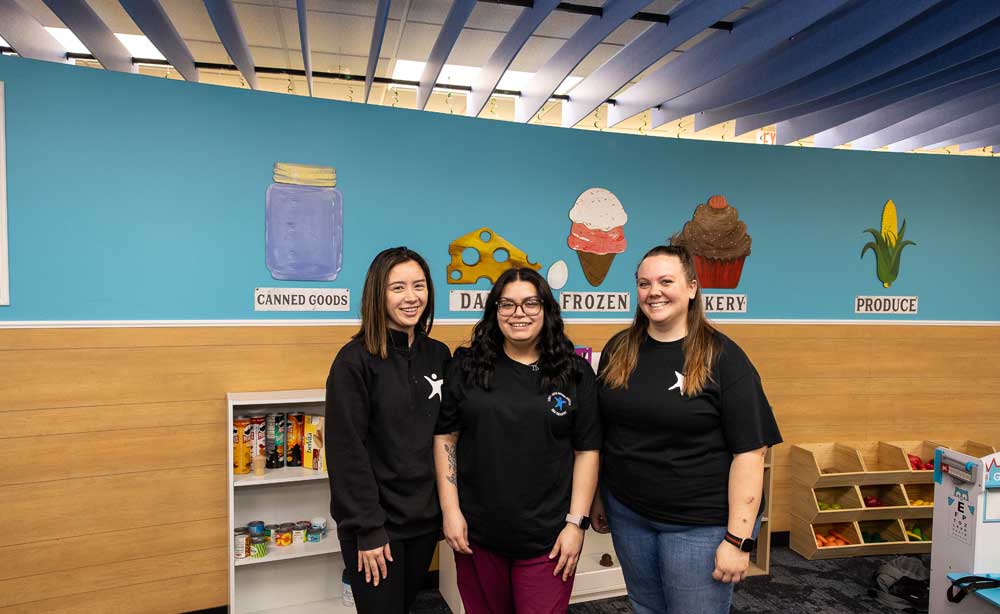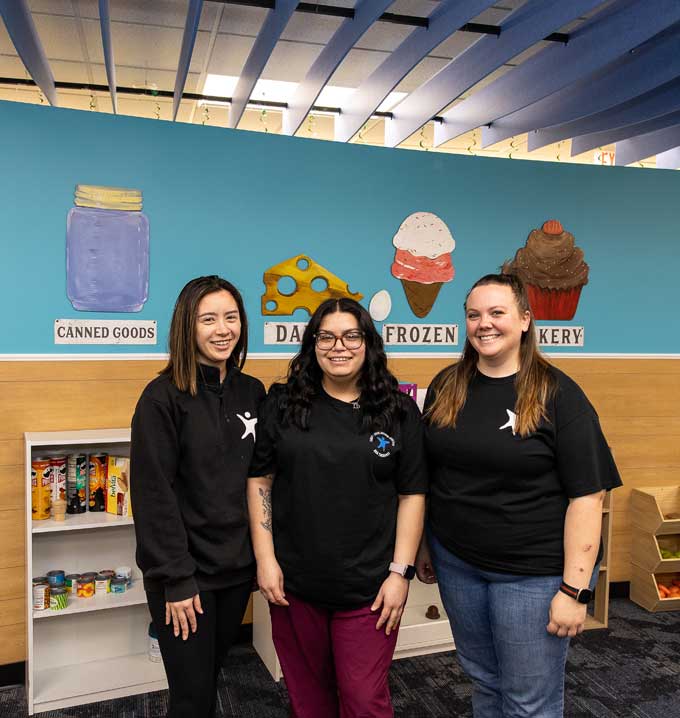Allison Steele’s Journey in Special Education Teaching
Allison Steele discusses her journey in Special Education, leading her to her current role at Lighthouse Autism Center. Lighthouse is excited to welcome Allison Steele to our Elkhart County Team. As a special education teacher with experience in Indiana and Michigan, Allison brings her deep knowledge and expertise of special education to Lighthouse where she will support learners in developing skills to help them be successful in the classroom. Allison is currently working with our Goshen center to implement a daily school routine while providing consultations and training to our Elkhart autism centers.
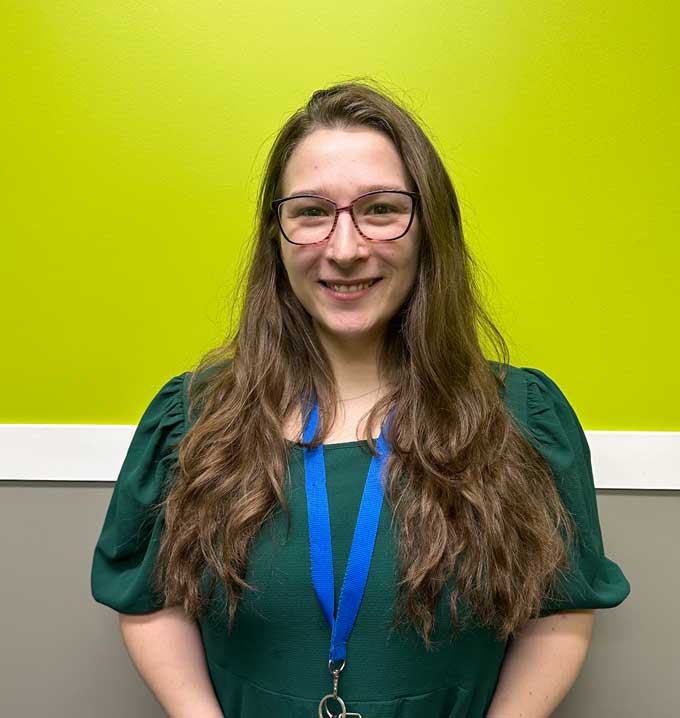
From Humble Beginnings in South Bend, Indiana
As I reflect on my journey through the realm of education, it’s remarkable to see how each step has shaped my understanding and approach to teaching. My voyage began with a Bachelor’s degree in English, with a focus on writing, coupled with minors in East Asian Studies and Psychology from Indiana University – South Bend (IUSB). Little did I know then that this would be just the starting point of an enriching expedition.
After completing my undergraduate studies, I embarked on a fulfilling yet challenging role as a substitute teacher in Michigan. This experience, which included long-term positions in Special Education for elementary grades, left an indelible mark on me. Witnessing the progress of my students ignited a desire to delve deeper into the field of education.
Pursuing Further Education to Provide Tailored Support
Fuelled by this newfound passion, I returned to Indiana University – South Bend to pursue a Master’s degree in Special Education. During this period, I had the privilege of working with elementary students in a General Education setting, providing tailored support in both academics and social skills development.
The culmination of my academic journey came during my Student Teaching, where I engaged with students across different age groups and needs. From elementary to secondary levels, the focus remained steadfast on nurturing academic proficiency, social adeptness, and life skills essential for post-high school transitions.
This diverse exposure equipped me with a repertoire of teaching methodologies and de-escalation techniques, which I honed further upon joining Lighthouse Autism Center (LAC) as a Registered Behavior Technician (RBT). At LAC, I delved into the intricacies of behavioral analysis and reinforcement strategies, recognizing the profound impact of effective communication and life skill cultivation.
Armed with invaluable insights and experiences, I completed my Master’s degree in Special Education and transitioned to a middle school setting in Indiana. The role provided an opportunity for further growth, with training in Special Education laws, protocols, and classroom management techniques.
Inclusive Learning with a Pre-academic Focus at Lighthouse Autism Center
However, my journey came full circle when I returned to LAC, this time as a Special Education Teacher. In this role, I engage with learners in a small group classroom environment, following a structured curriculum encompassing academics, specials (PE, Music, and Art), and social skills development. The ultimate goal is to prepare these learners for eventual integration into the public school system, equipped with the necessary tools for success.
As I traverse the dynamic landscape of Special Education, I am continually reminded of the transformative power of education. Each interaction, each challenge, serves as a catalyst for growth and learning, not just for my students but for myself as well. And as I navigate this ever-evolving terrain, I am reminded of the profound privilege it is to play a part in shaping the futures of those entrusted to my care.




